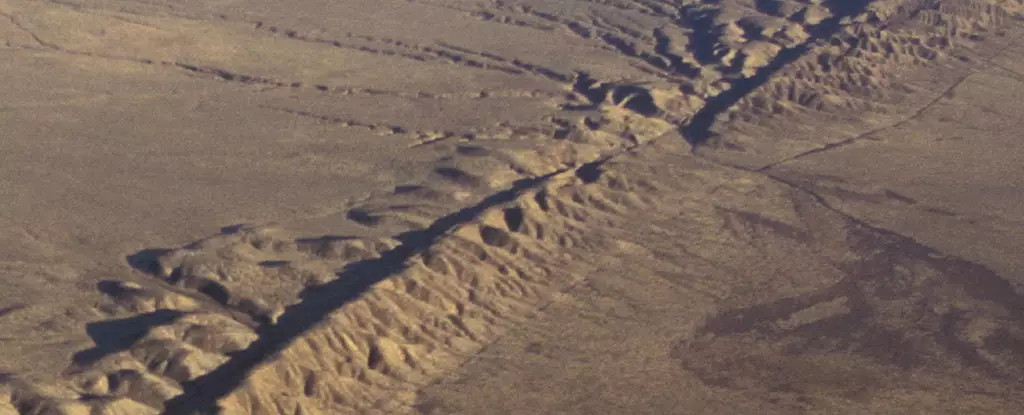For too long, the scientific narrative surrounding earthquakes has been dominated by dramatic, high-magnitude events. These sudden, destructive shifts have captured our collective imagination and concern. Yet, lurking beneath the surface lies a subtler, more insidious mechanism—slow-slip earthquakes—that could fundamentally change how we assess seismic risk. These gentle quakes unfold over days or weeks, slipping by unnoticed unless precisely monitored, making them arguably more threatening in the long run because they operate silently, almost invisibly, fostering conditions ripe for bigger calamities.
The recent breakthroughs in detecting these slow earthquakes underscore a pivotal shift in geophysical science: no longer are we powerless witnesses reacting only when disaster strikes. Instead, we are beginning to understand that these slow, seemingly benign movements may act as harbingers or even precursors to catastrophic events. This recognition is a crucial step forward—it provides an opportunity to reorient our disaster preparedness strategies from reactive to proactive, especially in vulnerable regions situated along subduction zones like Japan’s Nankai Trough or the Cascadia fault off North America’s west coast.
Technological Triumphs and Limitations: Deciphering the Subtle Signs of Stress
The key to unlocking the secrets of slow earthquakes has been technological innovation—advanced sensors capable of detecting minute shifts in the earth’s crust. These sensors, embedded in deep boreholes underwater or beneath the earth’s surface, can identify ground movements as slight as a few millimeters. Such precision was unfathomable just a decade ago, and it’s transforming our understanding of fault mechanics. But the vulnerability of this approach is also tangible; it depends heavily on continuous, high-quality data collection and interpretation.
Despite these technological strides, the science remains in its infancy. Our models are becoming more sophisticated, yet they are still limited by the unpredictable nature of Earth’s complex systems. The realization that high fluid pressures and the independent release of stress in fault segments play a significant role complicates the picture further. It suggests that earthquakes are not simply the result of tectonic buildup but are also heavily influenced by fluid movements and internal fault dynamics. This introduces a new layer of uncertainty—how exactly these slow-slip events influence the potential for larger, destructive quakes remains an open question that demands further investigation.
Implications for Global Earthquake Preparedness
From a public policy standpoint, integrating this emerging knowledge into earthquake preparedness plans presents a challenge. It’s easy to focus resources on the aftermath of visible disasters, but understanding the subtle signals that precede a major quake demands a paradigm shift. Regions like Cascadia, which have a history of devastating magnitude 9 earthquakes, are especially at risk if we fail to develop comprehensive monitoring systems that can detect these “ripple effects” early.
However, it would be a mistake to paint slow earthquakes solely as warnings. They are also contributors—potentially redistributing stress and influencing when and where the next big quake might occur. Ignoring these events equates to ignoring a vital piece of the puzzle. The opportunity exists to leverage this understanding—by upgrading monitoring infrastructure, fostering international collaboration, and translating scientific insights into policy—and possibly, save thousands of lives before disaster strikes.
This approach demands a balanced perspective—acknowledging the complexity of Earth’s systems while advocating for smarter, more integrated risk management. It’s a call for scientifically informed vigilantism, where understanding the Earth’s “quiet” conversations could be our best defense. As we stand at this crossroads, the question isn’t whether slow earthquakes matter—it’s whether we have the foresight and commitment to listen, understand, and act accordingly.


Leave a Reply